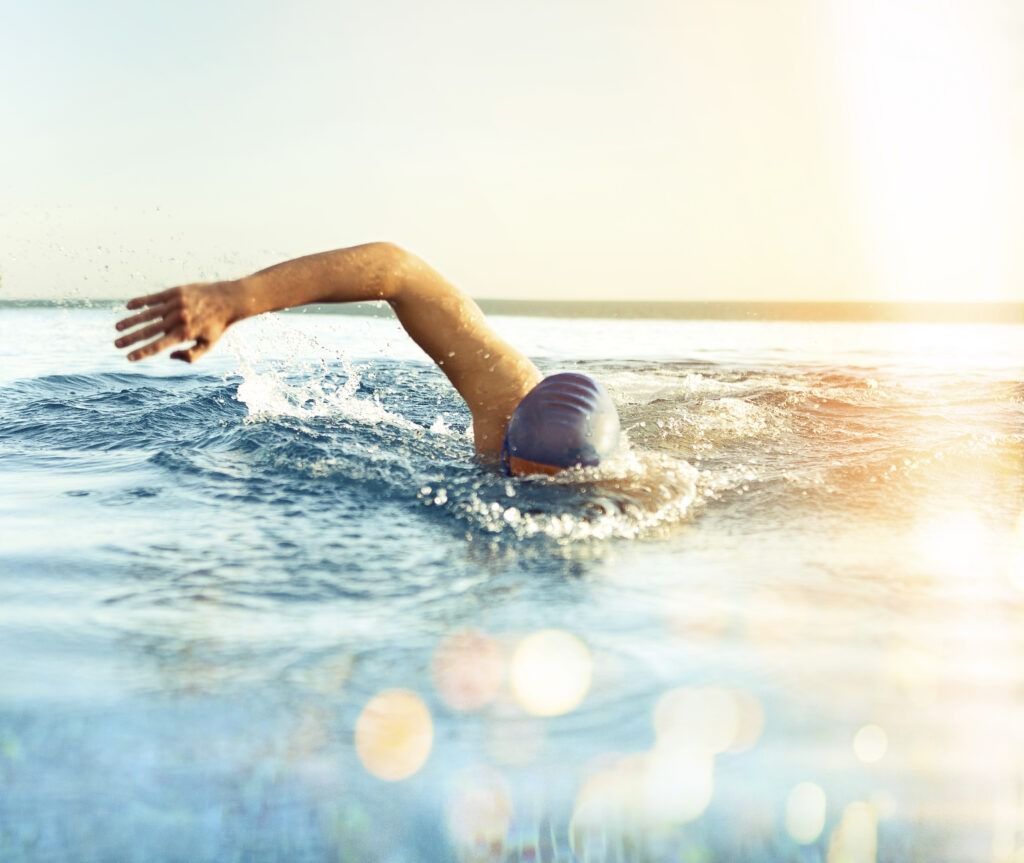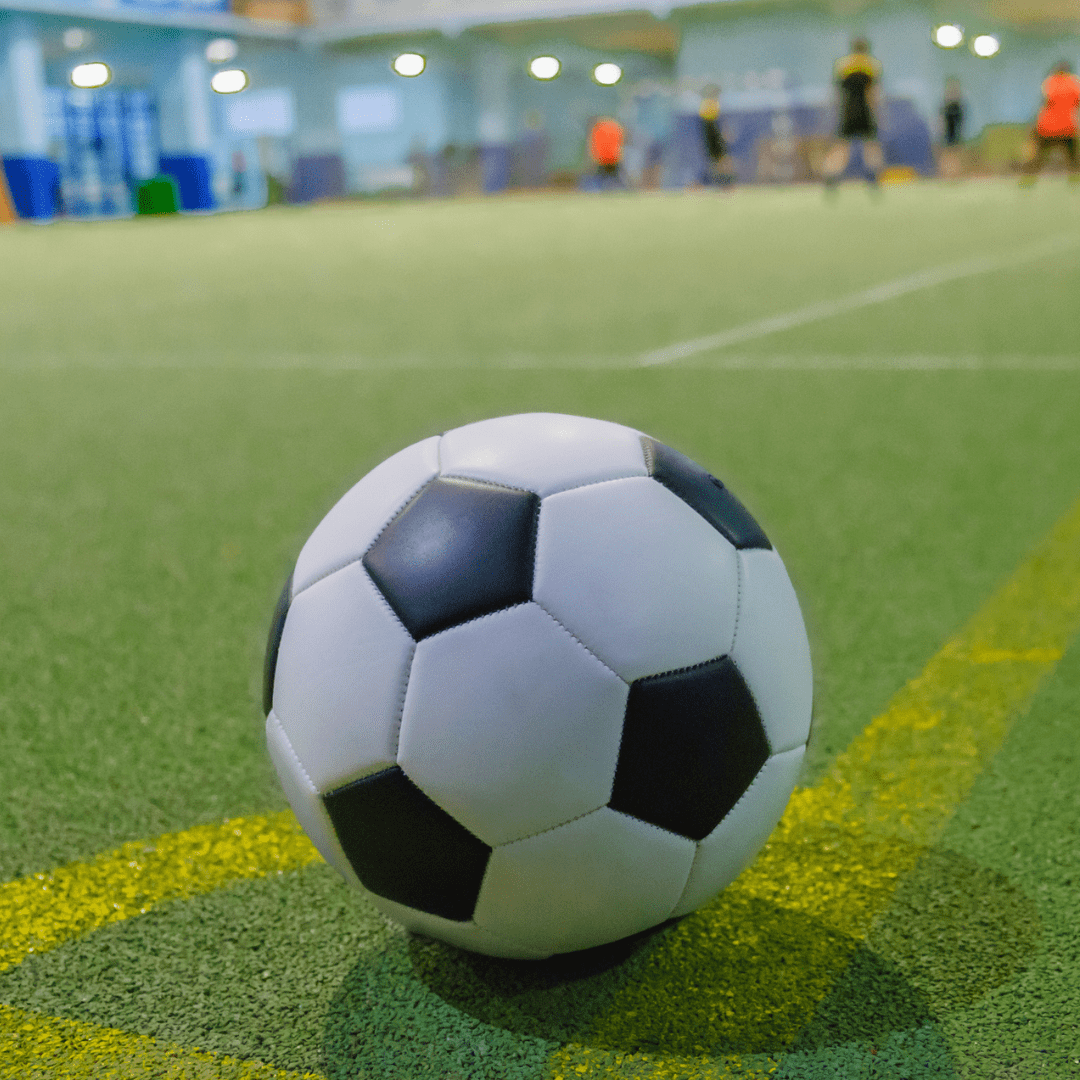More athletes and active people trust Orthopedic Associates of Dutchess County, the area’s leading sports medicine practice. We do more minimally invasive arthroscopic procedures than any other provider in the region.
Sports-related injuries can happen suddenly (like a fall) or over time (like swinging a golf club for years). We most commonly help athletes with ligament, tendon, joint, or muscle injuries.
Why Choose Orthopedic Associates of Dutchess County for Sports Medicine?
Our goal is to get you back to the highest level of play. We understand the unique needs of athletes of all ages. From young athletes and professionals to weekend warriors and those enjoying an active retirement, we can help.
What sets Orthopedic Associates of Dutchess County apart for Sports Medicine:
- Fellowship-trained sports medicine specialists: Our doctors have advanced training in sports medicine. We’ve treated high school, collegiate, and professional athletes. See our physicians.
- Walk-in care for sports injuries: Got a painful ankle twist or dislocated finger? Skip the ER waiting room and head to one of our OrthoExpress locations where we treat all ages.
- Latest treatments: We’re experts in the latest arthroscopic and reconstructive techniques. This includes cartilage repair and reconstruction, which helps people avoid joint replacement.
- Focus on recovery and return to play: We have a convenient surgery center, The Surgery Center at Orthopedic Associates (SCOA). We do everything we can to help athletes navigate the treatment and recovery process.
Sports Medicine Conditions We Treat
With a focus on shoulder, elbow, hip, and knee injuries, we help athletes and people with active lifestyles get back to doing what they love. Some of the more common sports injuries we treat are:
- Achilles tendon tears
- ACL (anterior cruciate ligament) injuries.
- Cartilage injuries including transplants.
- Clavicle fractures and injuries
- Collateral ligament injuries
- Compartment syndrome
- Concussions
- Dislocations
- Glenohumeral internal rotation deficit (gird)
- Golfer’s elbow and tennis elbow.
- Growth plate injuries
- Hamstring muscle injuries
- Hip impingement
- Hip labrum tears
- Hip strains
- Jumper’s knee
- Mallet finger (baseball finger/jersey finger)
- Medial apophysitis
- Meniscus tears
- MCL (medial collateral ligament) injuries.
- Muscle strains in the thigh
- Osgood-schlatter disease
- Osteochondritis dissecans
- Overuse injuries, such as IT band syndrome, tendonitis, and shin splints.
- Patellofemoral pain syndrome
- Posterior cruciate ligament (PCL) injuries
- Rotator cuff tears
- Scapular rotation dysfunction (sick scapular
- Sever’s disease
- Shoulder impingement
- Shoulder instability
- Shoulder labrum tears
- Slap Tears (superior labrum anterior to posterior)
- Sprains or strains
- Stress fractures
- Stress reaction of growth plates (physis)
Turf toe
Sports Medicine Treatments at Orthopedic Associates of Dutchess County
We provide complete sports medicine care, from conservative treatments to surgery. Depending on your condition, we may start with nonsurgical treatments such as:
- Bracing
- Medication to treat reduce pain, inflammation and swelling.
- Injections to relieve pain and speed healing, such as platelet-rich plasma (PRP) or injections, peripheral joint injections.
Common Sports Medicine Surgeries
If you need surgery to relieve pain and get you back in the game, our surgeons offer the latest surgical techniques. This includes minimally invasive surgery and arthroscopy, as well as robot-assisted surgery.
Arthroscopy requires only small incisions. Athletes appreciate that they heal more quickly after an arthroscopic procedure than a traditional surgery. We commonly perform:
- Arthroscopic ACL reconstruction
- Cartilage transplantation
- Elbow arthroscopy
- Hip arthroscopy
- Knee arthroscopy
- Shoulder arthroscopy
We also specialize in joint replacement surgery (arthroplasty) for athletes. This surgery removes all or part of a damaged joint and replaces it with an artificial joint. For athletes, the most common procedure is shoulder replacement surgery.
With a focus on shoulder, elbow, hip, and knee injuries, we help athletes and people with active lifestyles get back to doing what they love. Some of the more common sports injuries we treat are:
- Achilles tendon tears
- ACL (anterior cruciate ligament) injuries.
- Cartilage injuries including transplants.
- Clavicle fractures and injuries
- Collateral ligament injuries
- Compartment syndrome
- Concussions
- Dislocations
- Glenohumeral internal rotation deficit (gird)
- Golfer’s elbow and tennis elbow.
- Growth plate injuries
- Hamstring muscle injuries
- Hip impingement
- Hip labrum tears
- Hip strains
- Jumper’s knee
- Mallet finger (baseball finger/jersey finger)
- Medial apophysitis
- Meniscus tears
- MCL (medial collateral ligament) injuries.
- Muscle strains in the thigh
- Osgood-schlatter disease
- Osteochondritis dissecans
- Overuse injuries, such as IT band syndrome, tendonitis, and shin splints.
- Patellofemoral pain syndrome
- Posterior cruciate ligament (PCL) injuries
- Rotator cuff tears
- Scapular rotation dysfunction (sick scapular
- Sever’s disease
- Shoulder impingement
- Shoulder instability
- Shoulder labrum tears
- Slap Tears (superior labrum anterior to posterior)
- Sprains or strains
- Stress fractures
- Stress reaction of growth plates (physis)
Turf toe
We provide complete sports medicine care, from conservative treatments to surgery. Depending on your condition, we may start with nonsurgical treatments such as:
- Bracing
- Medication to treat reduce pain, inflammation and swelling.
- Injections to relieve pain and speed healing, such as platelet-rich plasma (PRP) or injections, peripheral joint injections.
If you need surgery to relieve pain and get you back in the game, our surgeons offer the latest surgical techniques. This includes minimally invasive surgery and arthroscopy, as well as robot-assisted surgery.
Arthroscopy requires only small incisions. Athletes appreciate that they heal more quickly after an arthroscopic procedure than a traditional surgery. We commonly perform:
- Arthroscopic ACL reconstruction
- Cartilage transplantation
- Elbow arthroscopy
- Hip arthroscopy
- Knee arthroscopy
- Shoulder arthroscopy
We also specialize in joint replacement surgery (arthroplasty) for athletes. This surgery removes all or part of a damaged joint and replaces it with an artificial joint. For athletes, the most common procedure is shoulder replacement surgery.
Physicians

- Sports Medicine
Practicing in:
Poughkeepsie, Rhinebeck, and Kingston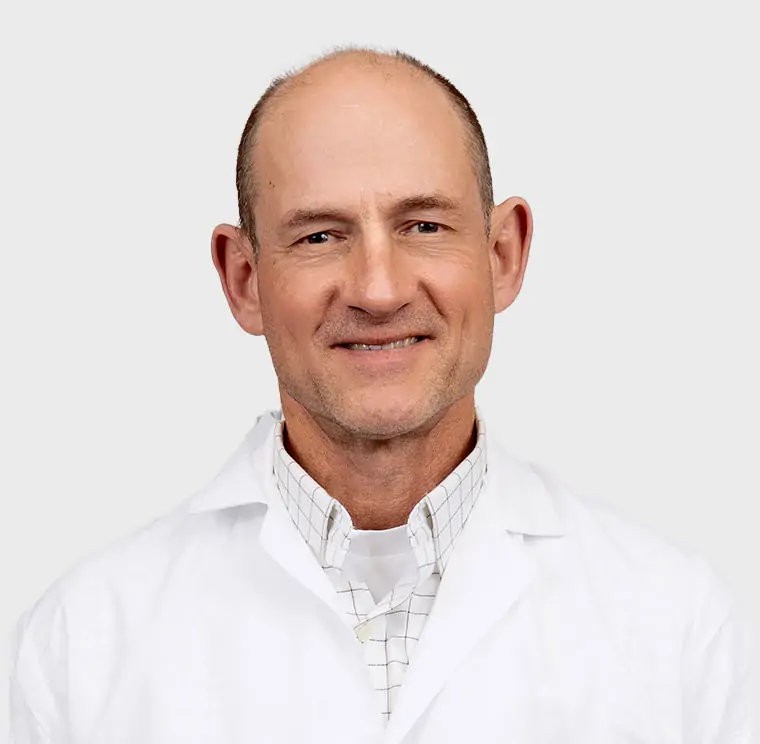
- Sports Medicine
Practicing in:
Poughkeepsie and Hopewell Junction
- Sports Medicine
Practicing in:
New Windsor, Hopewell Junction, and Poughkeepsie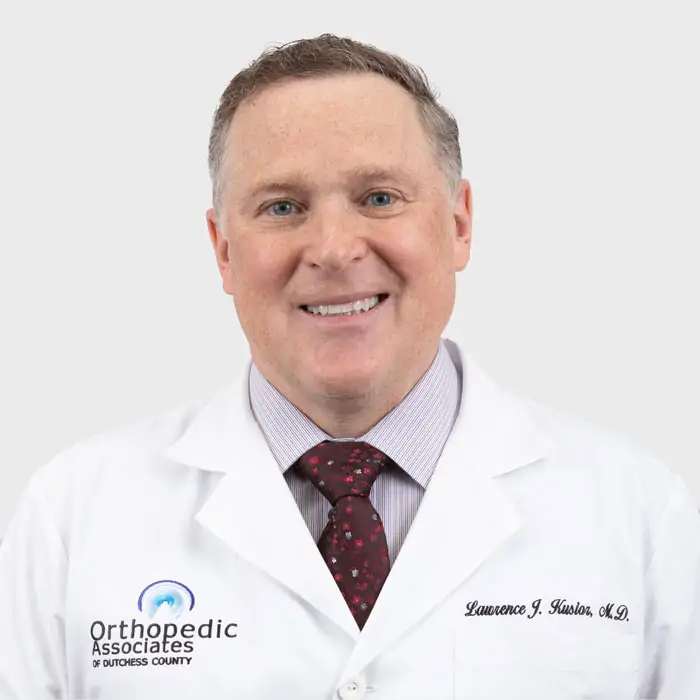
- Sports Medicine
Practicing in:
Poughkeepsie and Hopewell Junction
- Sports Medicine
Practicing in:
Rhinebeck and Kingston
- Hip and Knee Replacement
- Sports Medicine
- Trauma and Fracture Care
Practicing in:
New Windsor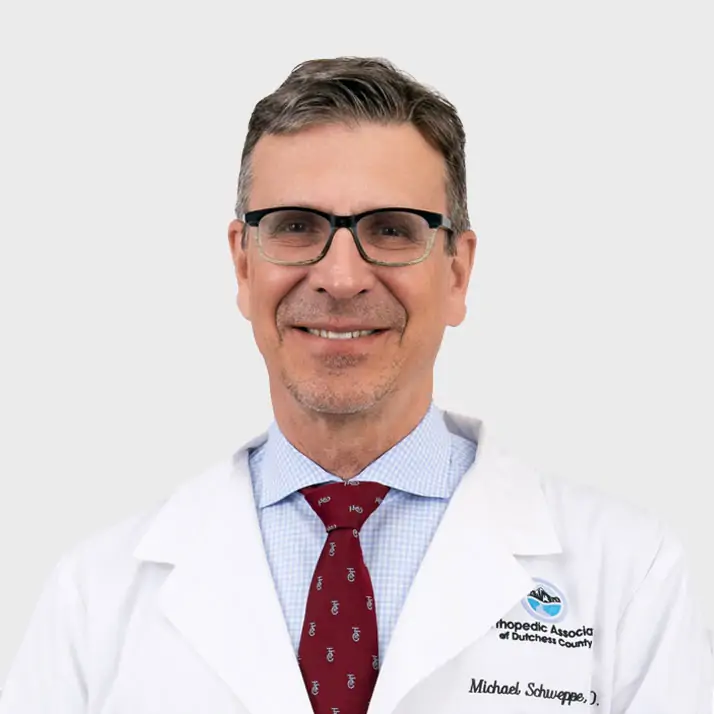
- Sports Medicine
Practicing in:
Rhinebeck and Kingston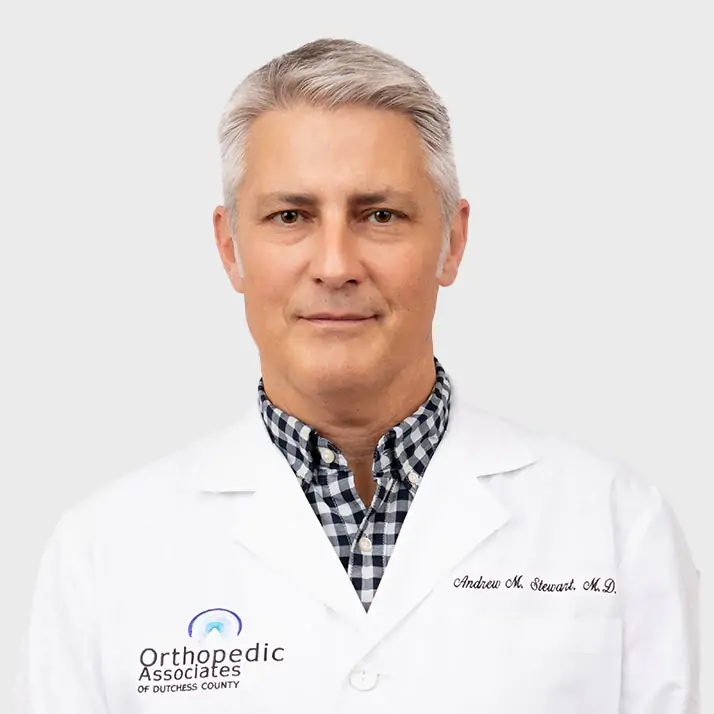
- Sports Medicine
Practicing in:
Rhinebeck and Kingston
- Primary Care Sports Medicine
- Sports Medicine
Practicing in:
Poughkeepsie and Hopewell Junction

